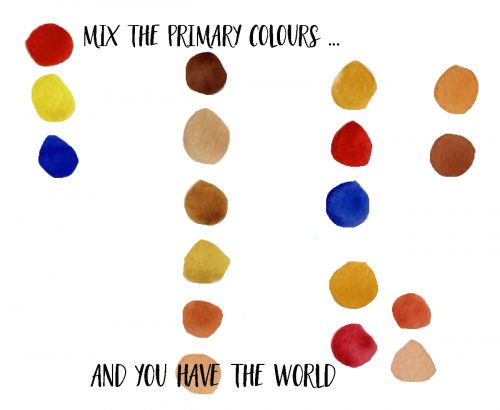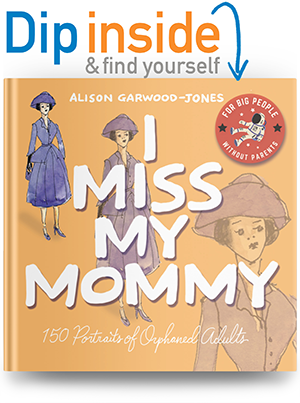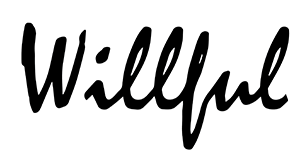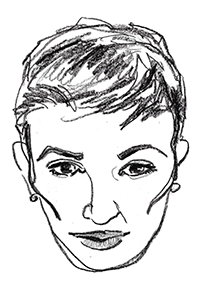Flesh tones
November 20, 2016

The only thing I remember about colour mixing from grade school is: red + blue = purple.
I’m guessing you also discovered that the result was an ugly, muddy maroon, not the Tyrian purple worn by Roman emperors. For that, according to Aristotle, I’d have to source some crushed shellfish. I only had a Prang 12-colour paint set. But it came with a pre-mixed violet, so I used that.
Coming in a close second was: blue + yellow = green.
From that I got a pukey bog green, not the mesmerising emerald green I insisted on seeing. Nor was it the radioactive sap green I thrill to every time I order the seaweed salad at my favourite sushi joint. These experiments were deflating.
I spent the rest of grade school and high school avoiding colour mixing and using hues straight from the pan or tube — everything from bright magentas and peacock blues to flesh tones and black. I also mixed in a lot of white which, of course, obliterates the special veiled magic of watercolour painting.
I’d say my early work showed promise, but with no concept of colour mixing or glazing, and an over-dependence on white, my paintings were flat and lifeless.
Now that my love affair with art is back on, my curiosity with colour mixing is insatiable. My art table is plastered with colour swatches. Running out of mixing wells, I’ve turned to dinner plates to accommodate all of my experiments. As the holidays approach, I’ll be finding a new spot for my tree because my art table isn’t going anywhere.

What I’m learning is that some colours really do have to be purchased because they are made from rare and expensive pigments sourced from nature. But things like black and flesh tones are better and more alive when you create them from scratch using the three primaries: red, yellow and blue. You just have to play with proportions. Use lots of ultramarine blue and you’ll get black. Use more red and yellow and you’ll get peach. To make it paler, don’t add white, add water.
The rows of tube paints that my parents furnished me with in the 1980s and nineties are long gone. Today, I’m learning what it means to work with the absolute basics. Finding out that there are infinite possibilities when you pare right down is heartening.
The lesson extends beyond painting.




























Leave a Reply